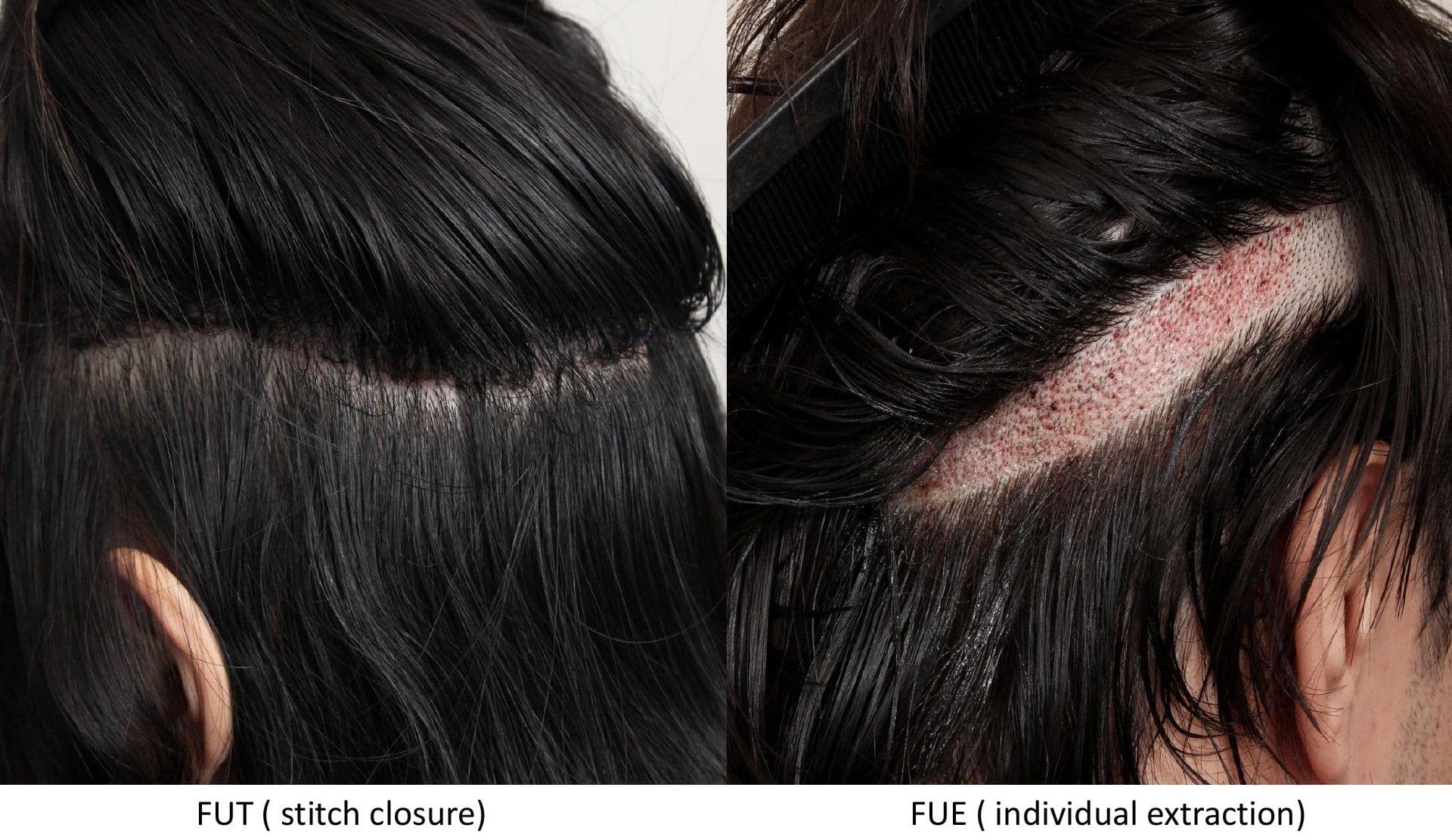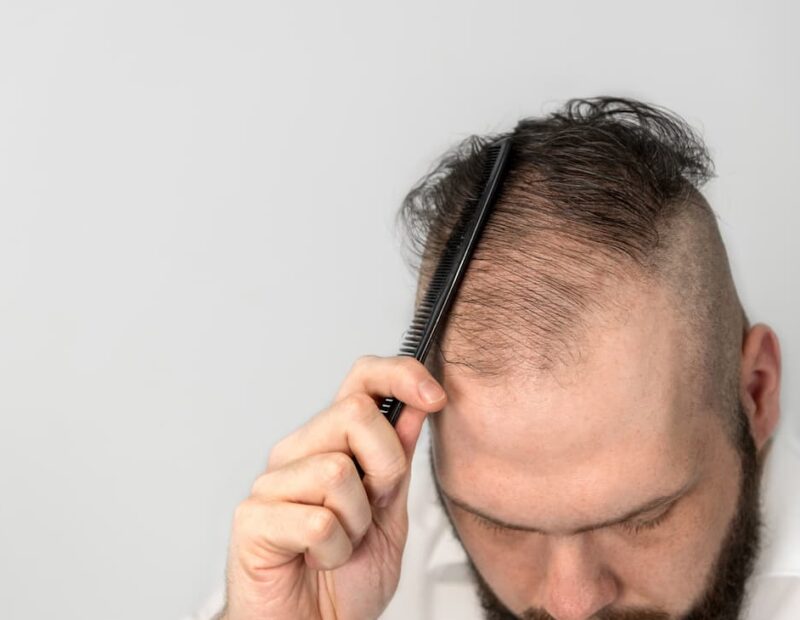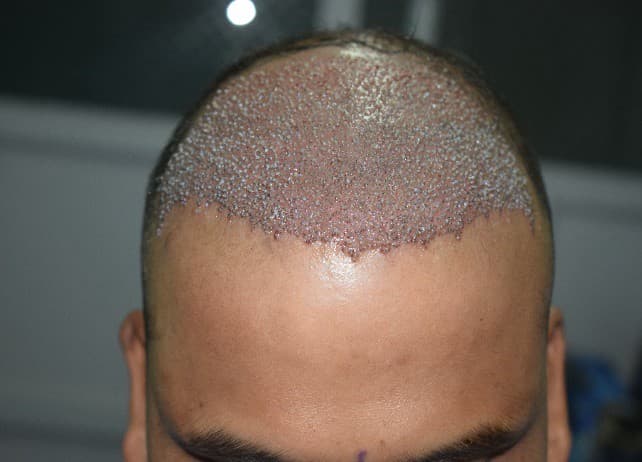FUT and FUE are the two commonly preferred hair restoration techniques all around the world. The vast majority of patients who treat their baldness problem usually pick one of these methods. Thus, if you are planning to get a hair transplant soon, we have prepared this guide for you.
In the following, you can find more about the main differences between FUT and FUE. Moreover, you can also learn more about how to tell which one is a better technique for yourself. It is worth noting that both hair restoration techniques have a similar success rate.
Main Differences Between FUT and FUE
The main difference between FUE and FUT methods is how the hair grafts are removed from the donor area. As you know, in all hair restoration techniques, surgeons transplant the original hair follicles of the patients. To do so, they remove the hair grafts from different parts of the body. This is called the donor area and in general, the nape of your neck is used for this purpose.
While FUE removes hair follicles one by one, FUT removes hair follicles in a line. Thus, one of these methods, i.e., FUE requires more patience and time for the completion of the session. On the other hand, FUT offers a quicker session, which removes hair follicles in lines. Of course, there are various differences between these two techniques because of the preferred removal method.
Which One is Best: FUT or FUE?
This is a personal question, and you can prefer both methods with peace of mind. However, in general, FUT is a bit cheaper compared to the FUE method. In addition to this, it may leave a scar on the scalp since it does not treat hair follicles one by one.
FUE is more experienced but offers a shorter recovery time and does not leave any scars on the scalp. On the other hand, each session takes longer than the FUT method and this can be quite tiring for both patient and surgeon.







